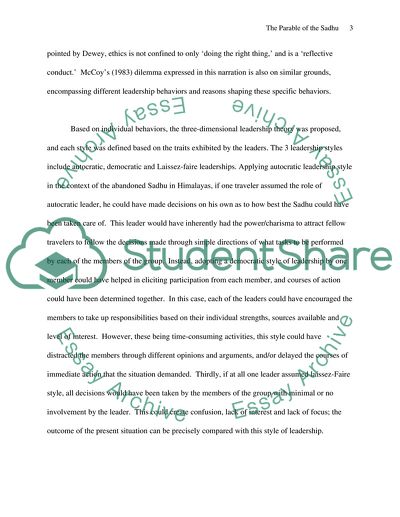Cite this document
(“The Parable of the Sadhu Assignment Example | Topics and Well Written Essays - 1500 words”, n.d.)
Retrieved from https://studentshare.org/human-resources/1562359-the-parable-of-the-sadhu
Retrieved from https://studentshare.org/human-resources/1562359-the-parable-of-the-sadhu
(The Parable of the Sadhu Assignment Example | Topics and Well Written Essays - 1500 Words)
https://studentshare.org/human-resources/1562359-the-parable-of-the-sadhu.
https://studentshare.org/human-resources/1562359-the-parable-of-the-sadhu.
“The Parable of the Sadhu Assignment Example | Topics and Well Written Essays - 1500 Words”, n.d. https://studentshare.org/human-resources/1562359-the-parable-of-the-sadhu.


